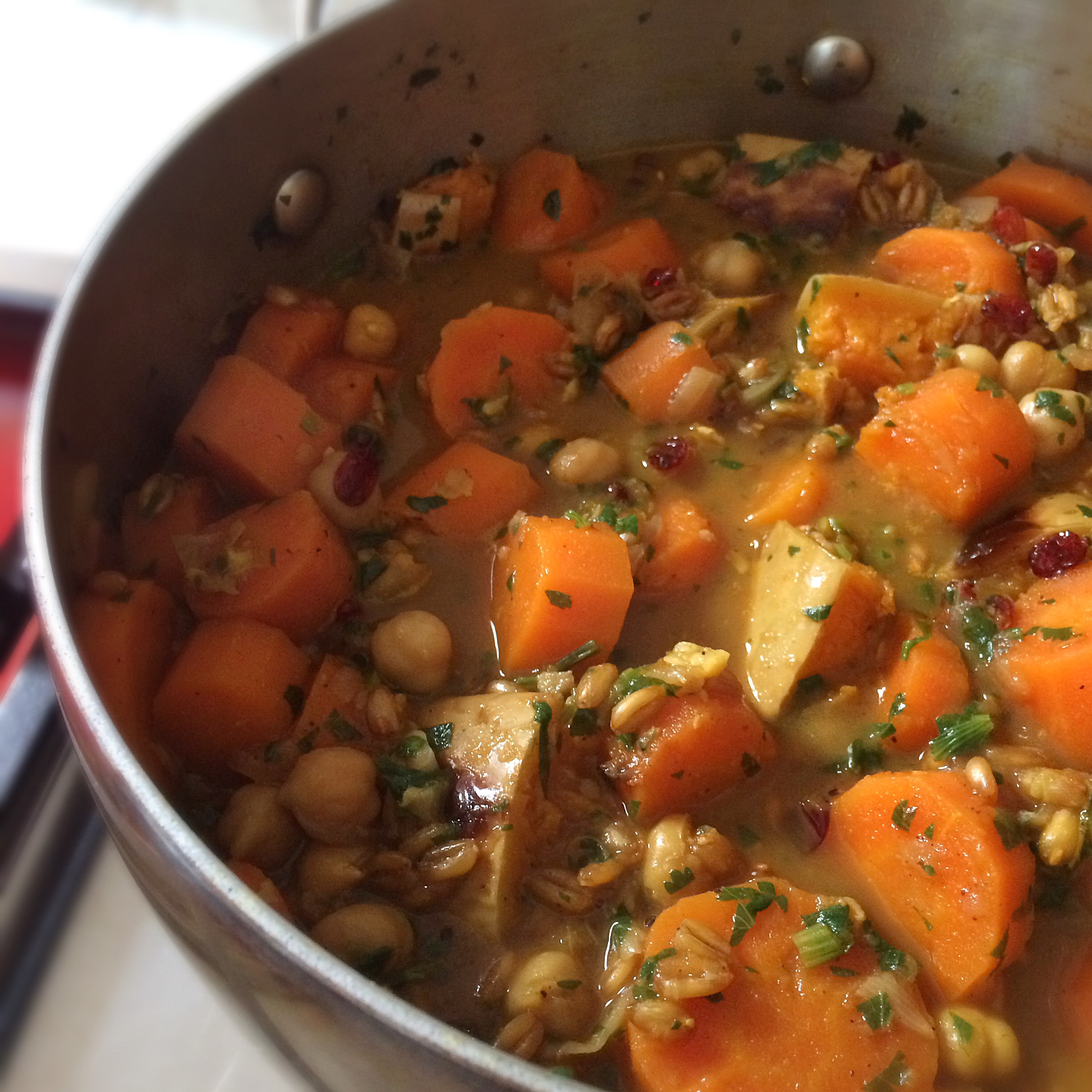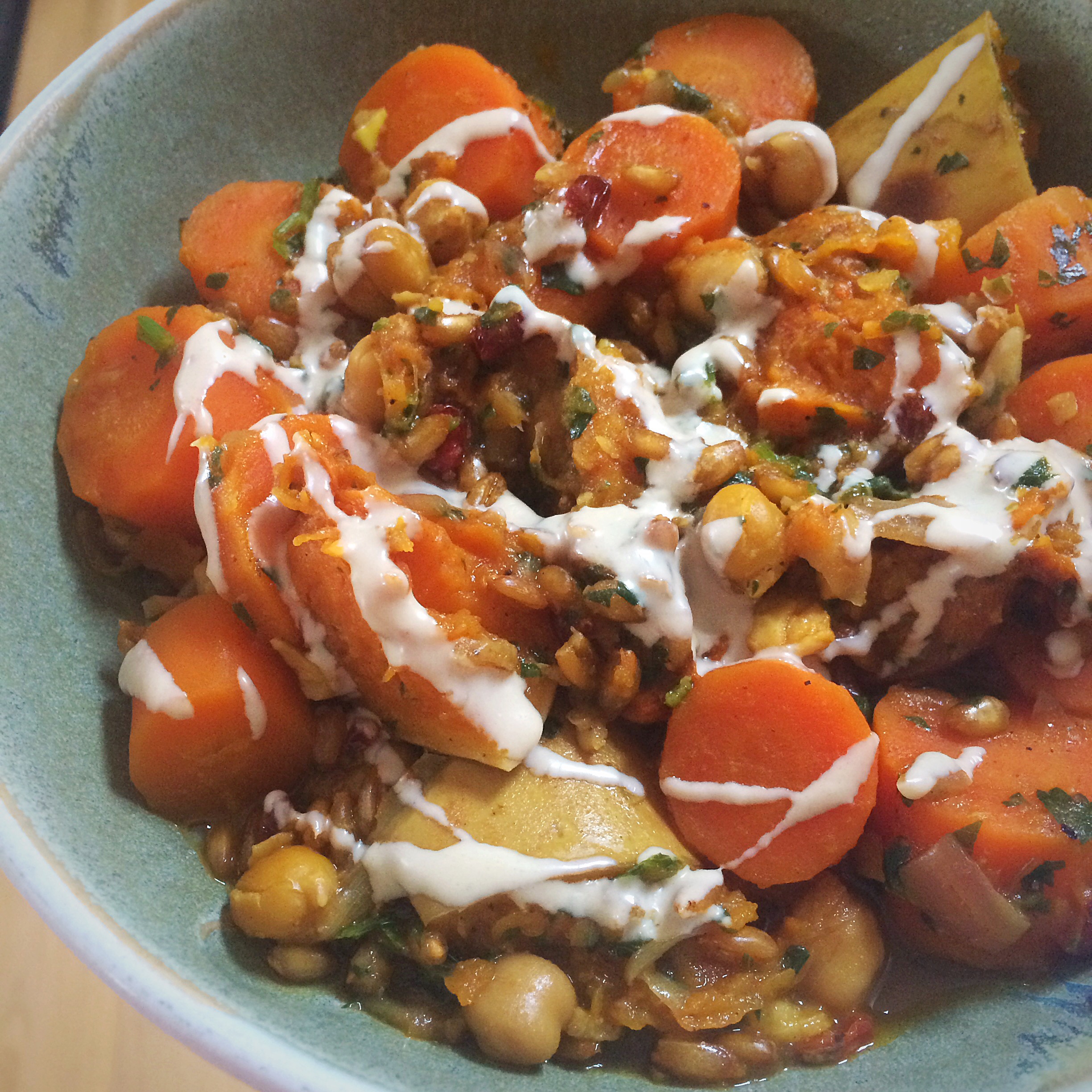 This loaf of bread was created with yeast cultivated from an apple and a jar of water…
This loaf of bread was created with yeast cultivated from an apple and a jar of water…
 …and so was this one…how cool is that???
…and so was this one…how cool is that???
I saw a mention of yeast water on Instagram so set about investigating it and discovered it’s all about capturing the natural yeast in fruit, and literally, all you need is fruit and water. I didn’t find any hard and fast rules, just people talking about what they’d done, so I took the ideas and had a go myself.
I washed an apple (to remove any nasties), cut it up, then put it in a jar with water. The jar was clean, but I didn’t sterilise it; I used water from the tap because I know that our tap water is okay for my sourdough starter, so I assumed it would be okay for this. You might need to boil and cool some water if yours is heavily chlorinated.
And then I left it, for a week. Initially I thought nothing was happening, I gave it the odd shake, and left it to brew, then the water got cloudy and bubbles began to appear, and eventually the water looked as ready as it might be to my untrained eye…
 I then mixed equal parts of water with strong bread flour and left it overnight and this is what happened…
I then mixed equal parts of water with strong bread flour and left it overnight and this is what happened…
 Lovely bubbly starter! I guess you could call it a starter or a biga or a poolish, it’s basically flour and water and yeast to create the base of a dough, but in this situation the yeast is wild yeast from fruit. It smells sour like sourdough starter, and acts in pretty much the same way.
Lovely bubbly starter! I guess you could call it a starter or a biga or a poolish, it’s basically flour and water and yeast to create the base of a dough, but in this situation the yeast is wild yeast from fruit. It smells sour like sourdough starter, and acts in pretty much the same way.
Having read about raisin water, halfway through the week I also filled another pot with a handful of dates and some more tap water and this also yielded some lovely yeasted water after 5 days, with which I created this starter…
 You can literally see the strength of the yeast!
You can literally see the strength of the yeast!
To create loaves I have followed guidelines that I use for my sourdough loaves. So once you’ve cultivated the yeast water, this is my suggestion for then making a loaf like this…

Day one
Strain 150g of yeast water from the jar and mix well with 150g strong white bread flour
Cover the bowl with a plastic bag and leave on the counter for 12-18 hours
Day two
Your ‘starter’ should be lovely and bubbly; add 500g strong white bread flour, 280g water and 1 tsp salt
Squidge it all together roughly so that the flour is all covered, then cover the bowl with the plastic bag again and leave it for an hour
After an hour, perform a series of folds and turns in the bowl; you don’t need to take the dough out and knead it on a surface, just lift a handful of dough from one side and fold it in, turn the bowl, lift and fold, turn the bowl and repeat until you have a lovely smooth ball of dough
Cover again with the plastic bag and repeat two or three more times over the next few hours
After the last folding, place the dough in a banneton sprinkled with rice flour
Cover with a plastic bag and place in the fridge overnight
Day three
Remove the dough from the fridge and leave on the counter for a few hours to come up to room temperature – if your kitchen is very warm maybe only leave it for an hour or so
Preheat the oven to 250C
When it’s ready, turn the dough out into a roaster with a lid, with a layer of baking parchment underneath the dough
Slash the dough
Put the lid on the pan, place it in the oven, turn the temperature down to 220C and bake for 25 mins
Remove the lid, turn the oven down to 180C and bake for 25 mins
Remove and check that if you tap the base of the bread it sounds hollow, and that it doesn’t have any soft areas that look uncooked; if you think it needs a couple more minutes, place it directly on an oven rack to finish off
Cool on a rack for a few hours before slicing – if you slice into it too soon, steam can fill the loaf and render it gummy



 And enjoy!
And enjoy!
I have used the water in batches and it continues to be bubbly. I then discarded the apple but next time I would add more water and see if it maintains some strength to use it again. I am also drying out some of the prepared starter to see how it goes, and I’ve saved some bubbly starter to see if it can be re fed like sourdough starter, I’ll let you know about these.
What I can tell you is that my sourdough connoisseur is loving the bread, it’s basically a sourdough if you ask me. It smells and behaves the same way. When the dough went in the oven, you could really smell the apple, but the smell and flavour didn’t continue into the baked loaf. Apparently some people add more of the fruit water to the dough in place of water to add more flavour to the dough, but I haven’t done that yet.
PLEASE NOTE: flours around the world act differently, some require more water, some less. If you know how your flour behaves, keep this in mind. Otherwise, go by feel.
Enjoy!
I hope that everyone at this week’s Fiesta Friday enjoys my fruit yeast water bread, especially co hosts Liz and Jenny…





















 This is something I’ve been whizzing up weekly recently, it’s tasty, and healthy, and wonderfully simple to make! I eat it as a dip, as a topping over cooked grains, on bread alongside freshly made homous (as above), or just by the spoonful!
This is something I’ve been whizzing up weekly recently, it’s tasty, and healthy, and wonderfully simple to make! I eat it as a dip, as a topping over cooked grains, on bread alongside freshly made homous (as above), or just by the spoonful! All I do is blend up a couple of peeled garlic cloves, with lots and lots and lots of baby spinach leaves, and I mean lots!
All I do is blend up a couple of peeled garlic cloves, with lots and lots and lots of baby spinach leaves, and I mean lots! It takes several refills of my small bowl blender to get through all of the spinach, but it’s worth it. Plus it keeps in the fridge all week, if it lasts that long!
It takes several refills of my small bowl blender to get through all of the spinach, but it’s worth it. Plus it keeps in the fridge all week, if it lasts that long! Enjoy!
Enjoy!




 I drink a lot of green tea, and I’ve tried many many types and flavours, and my favourite is definitely ‘genmaicha’, a Japanese green tea with ‘genmai’ or roasted rice. The smell when you make the tea is gorgeous, and the rice adds a wonderful flavour to it. Some makes call it popcorn green tea because of how good it smells, a bit like popcorn.
I drink a lot of green tea, and I’ve tried many many types and flavours, and my favourite is definitely ‘genmaicha’, a Japanese green tea with ‘genmai’ or roasted rice. The smell when you make the tea is gorgeous, and the rice adds a wonderful flavour to it. Some makes call it popcorn green tea because of how good it smells, a bit like popcorn. In a perfect world you’d use proper Japanese rice, but failing that, I used what I had: weirdly, I used Spanish paella rice. The rice is white and plump and looks a bit like a Japanese rice so why not?
In a perfect world you’d use proper Japanese rice, but failing that, I used what I had: weirdly, I used Spanish paella rice. The rice is white and plump and looks a bit like a Japanese rice so why not? So, if you’ve never tried it before, how about making your own genmaicha?
So, if you’ve never tried it before, how about making your own genmaicha?



















